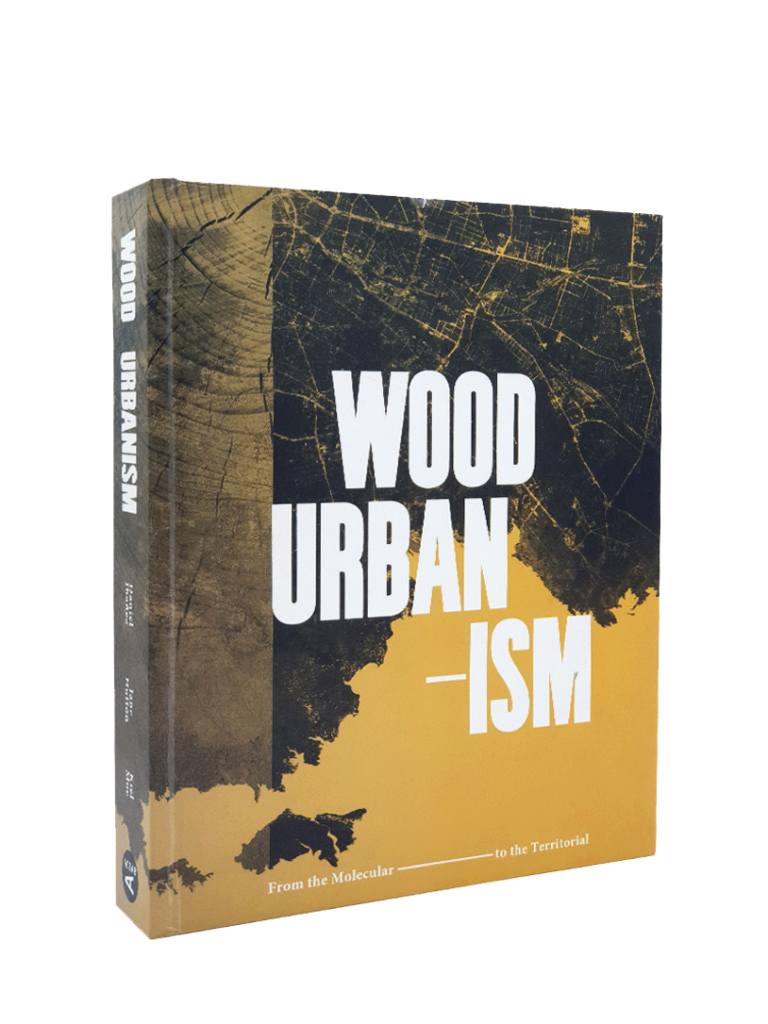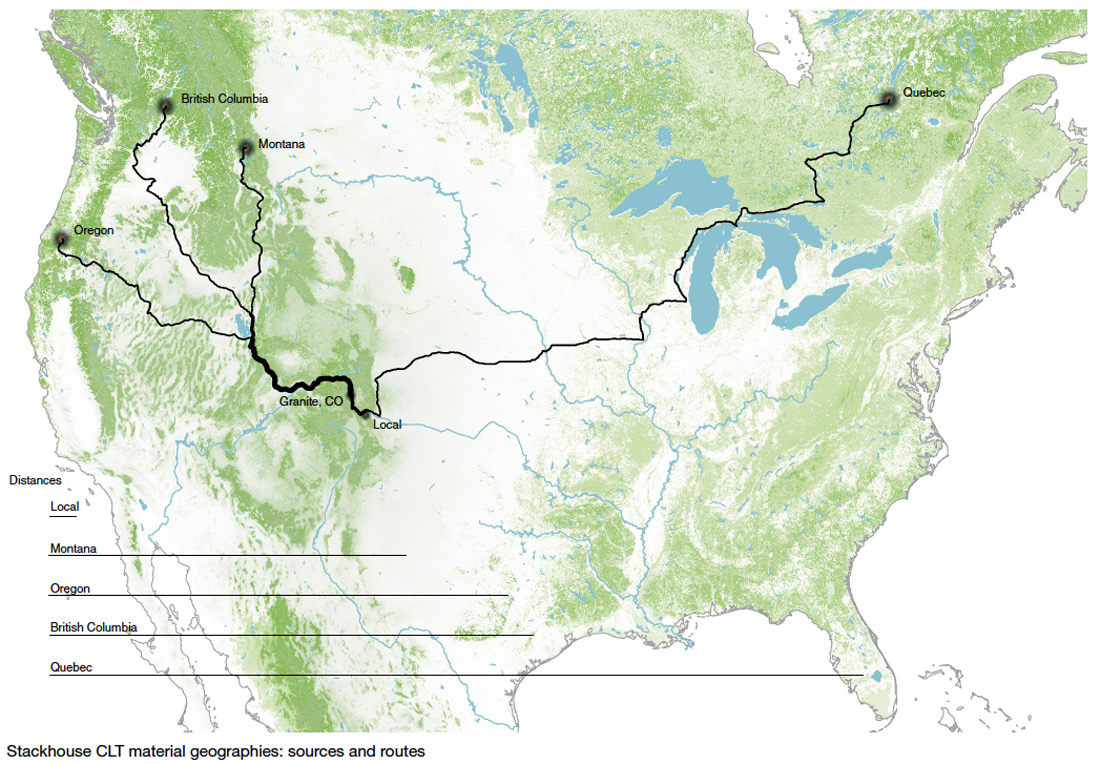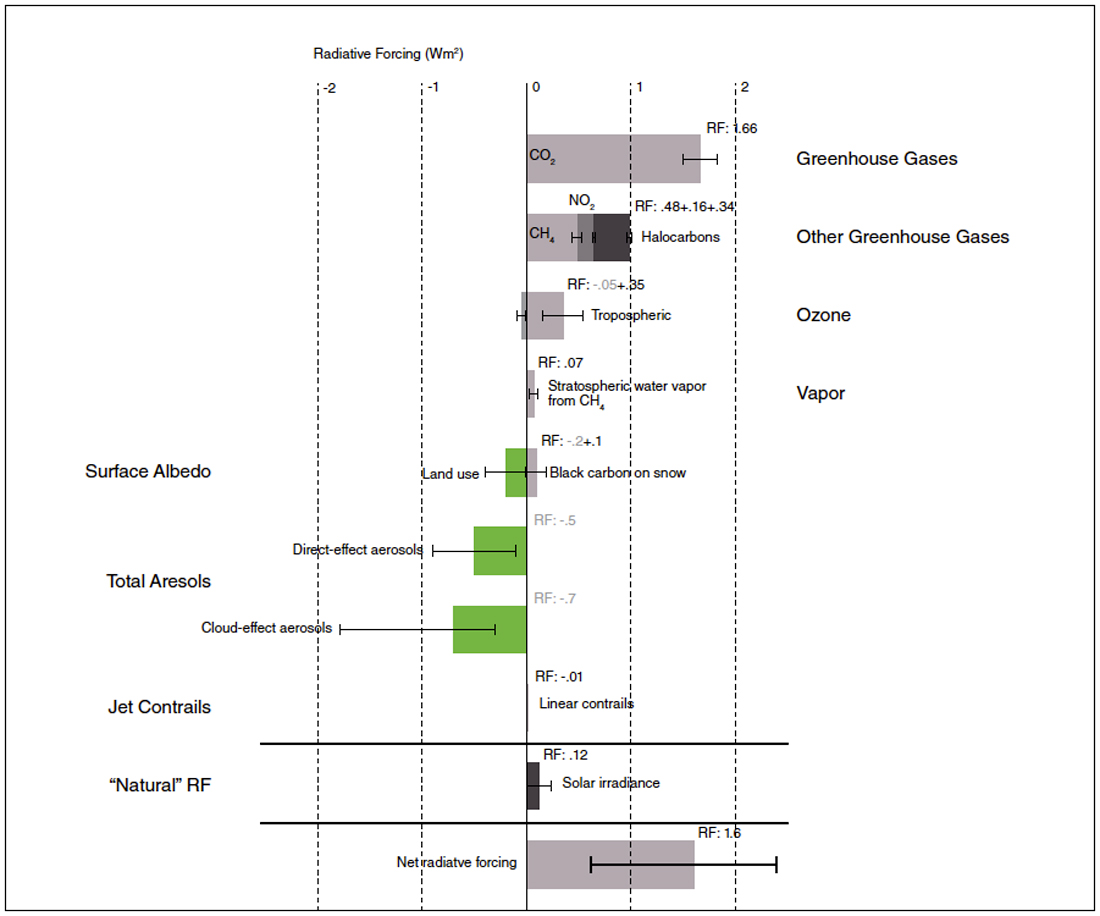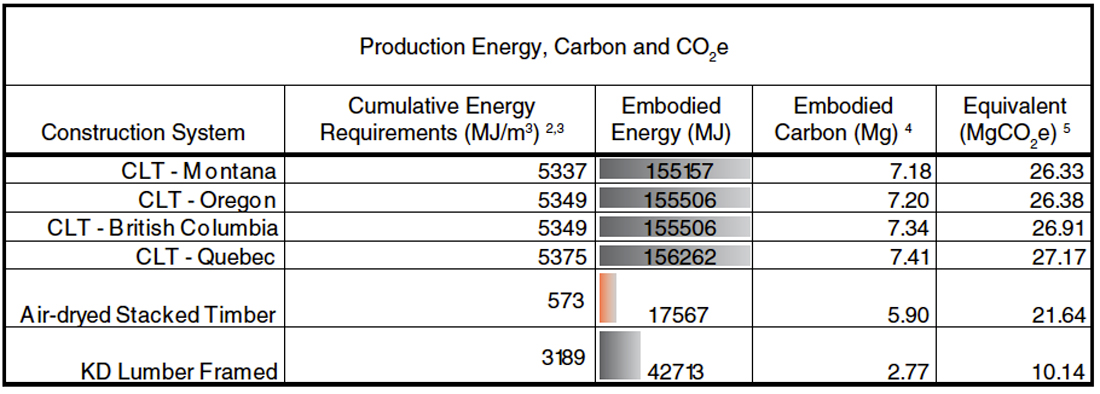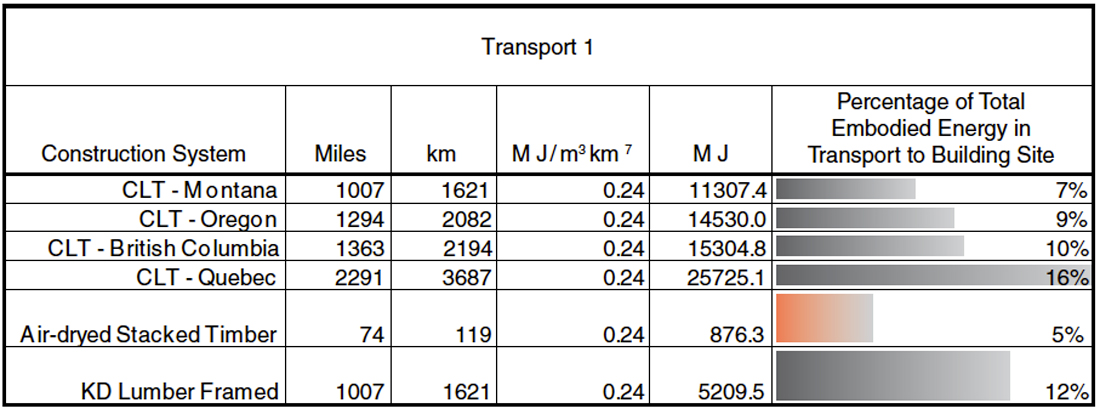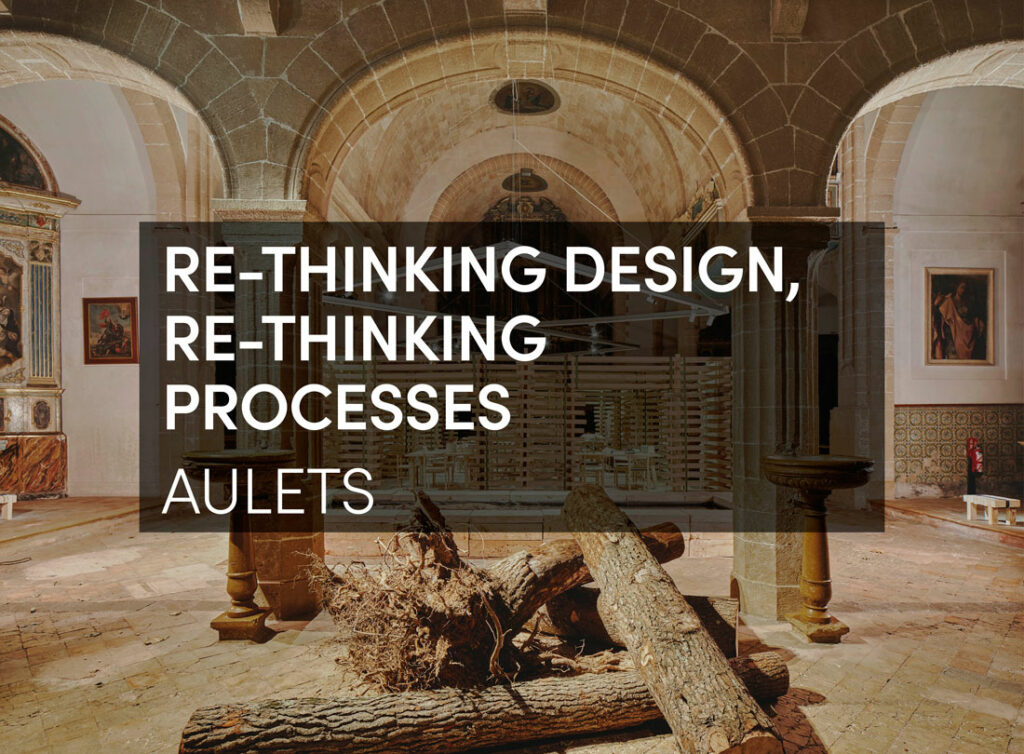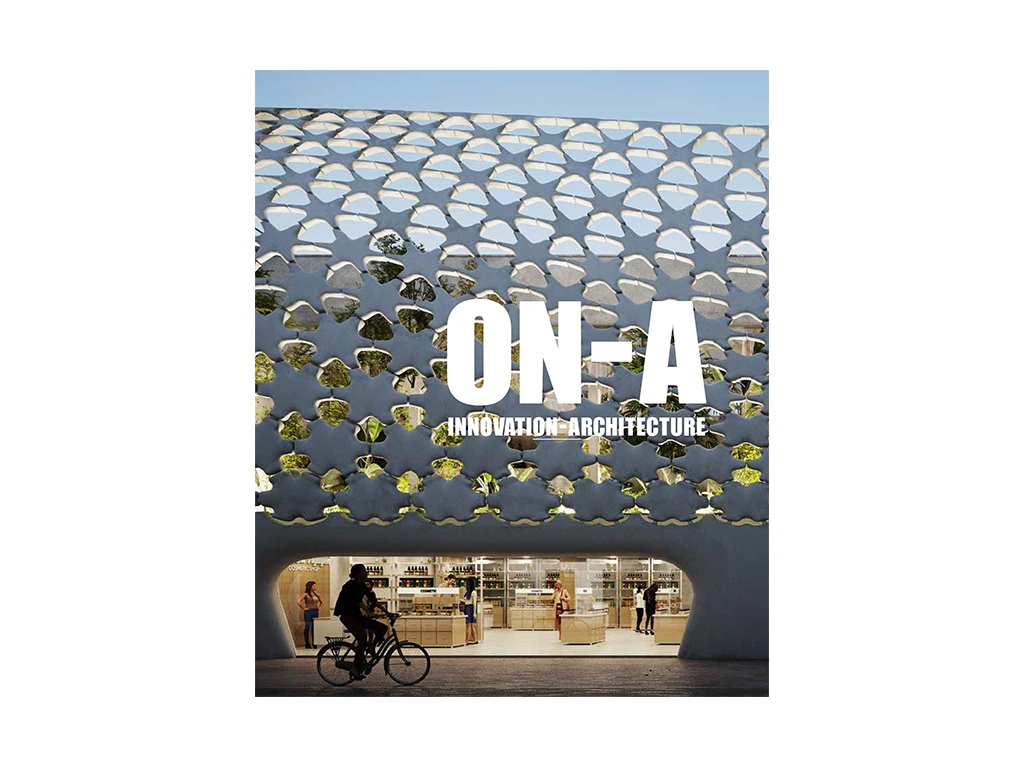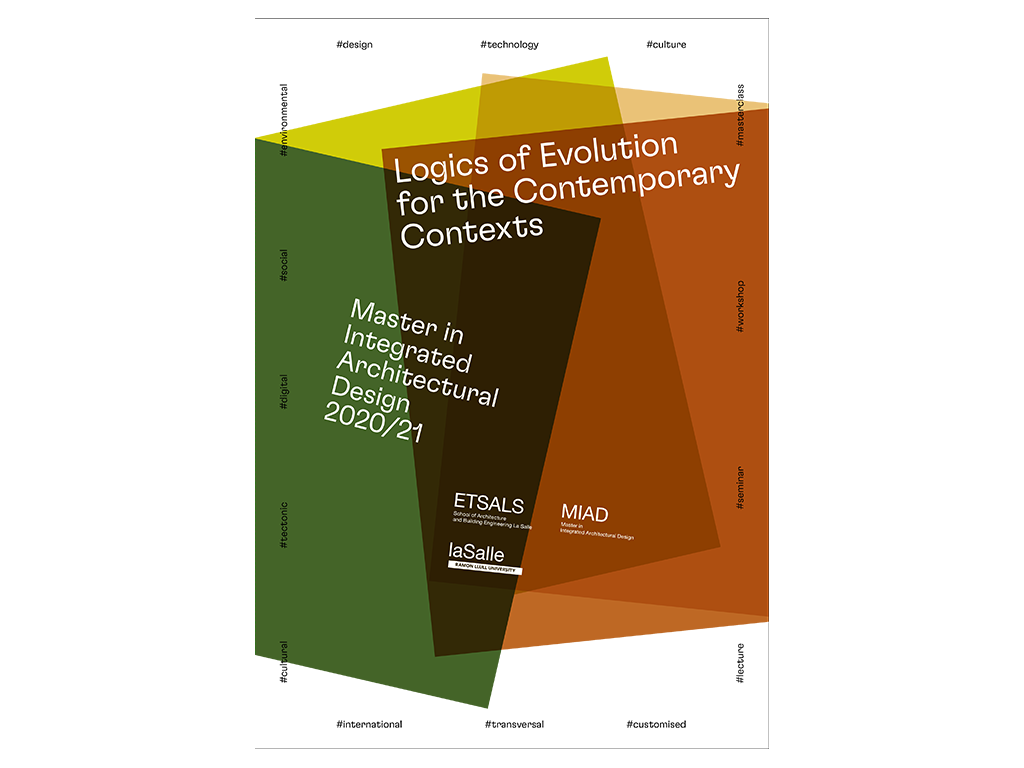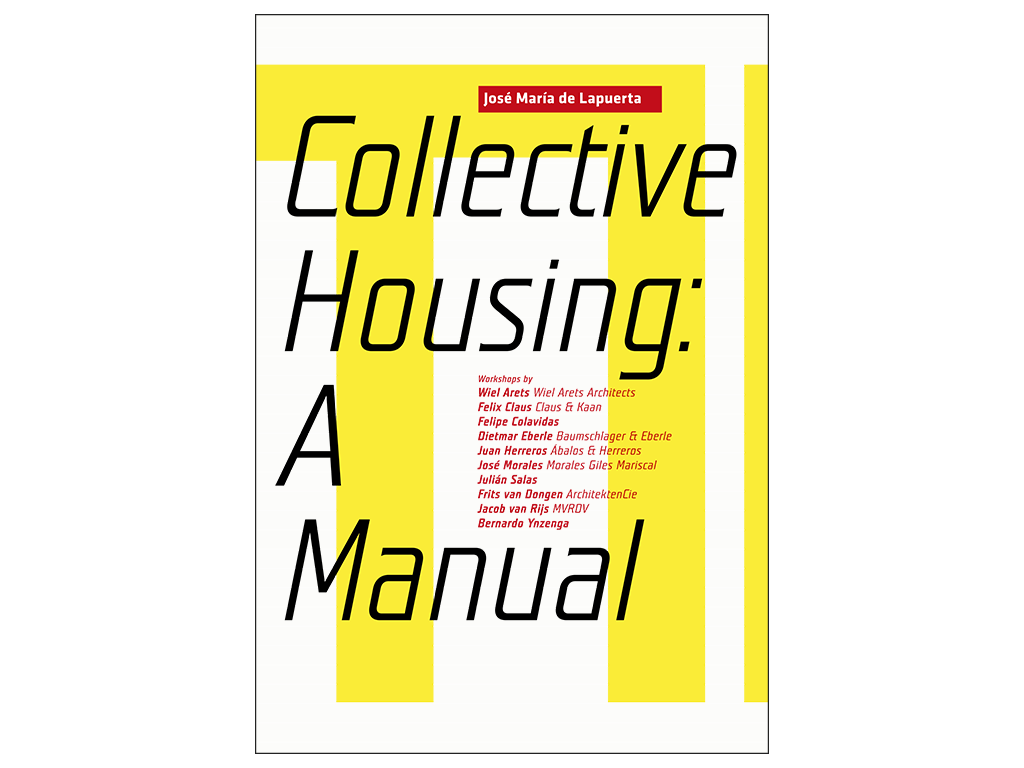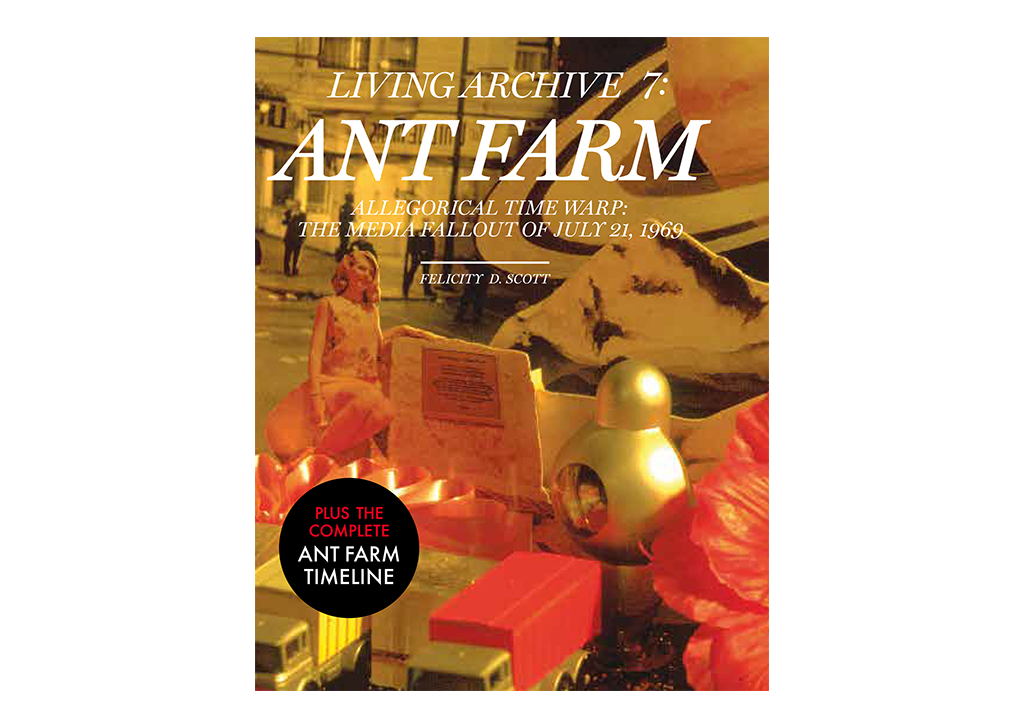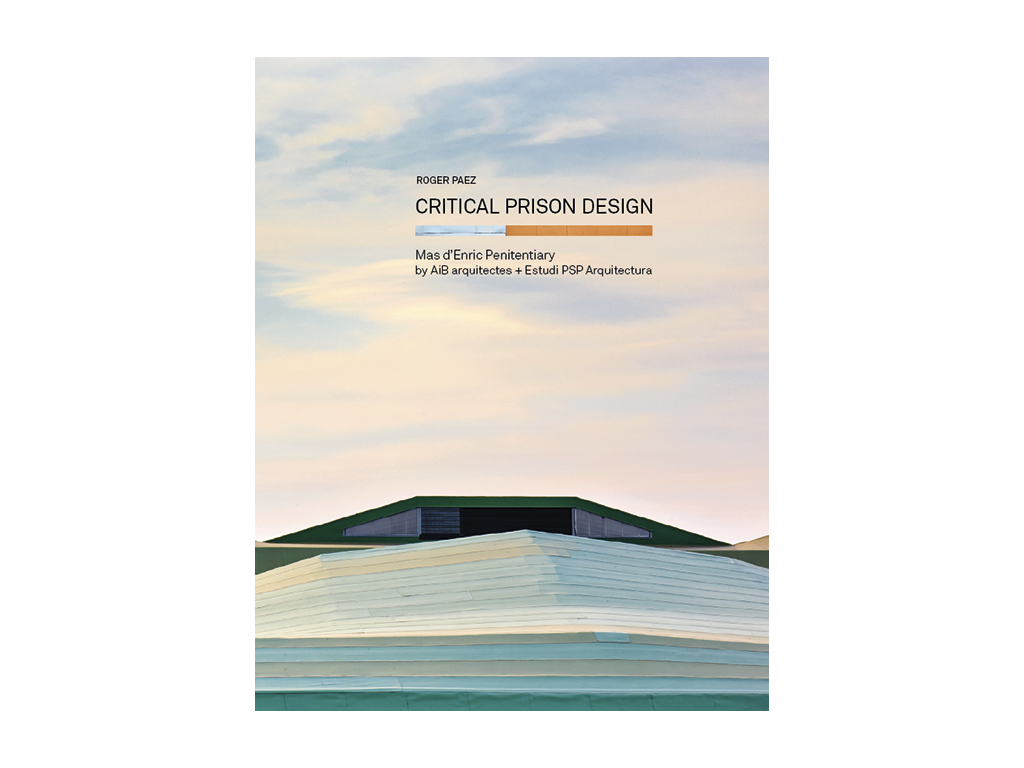The fact that trees capture available, very low quality energy gradients and source materials from the sun, air, and the ground to convert carbon dioxide into biomass is an astonishing, if not common sense, basis for creating building materials. It is difficult to find, or imagine, a more “efficient” or ecologically more powerful process for supporting the operations of human and nonhuman life on this planet. From timber building products, to biomass heat, to better interior environments for people, to global-scale carbon dynamics, this ossified air can have a staggering reach and offers great potential for the ecological efficacy of building. But acknowledging the astonishing efficacy and the magnitude of this process in its global extent is the easy part. Ultimately determining how best to amplify and direct the mutually beneficial outcomes of this conversion process is much more nuanced, but necessary to fulfill the carbon potential of this timber material.
In this context, it is simply not sufficient to recognize that carbon is locked in timber materials. But this too often is the beginning and end of architectural considerations of carbon and massive timber building. Our collective ambitions for the complexity of this process and its potential must be much greater than this common, and reductive, recognition about carbon capture.
This chapter will reflect on aspects of the inherent complexity and potential of carbon. As one starting point, observe the different ways that the carbon captured by trees and other vegetation can be stored. It can be stored, for a certain duration, in a forest through preservation practices that curtail catastrophic fire events and promote optimal species and biodiversity. It can also be stored in timber building components – for a certain, often longer, duration – before the material succumbs to breakage and disintegration or perhaps to its own catastrophic fire event. Or it might be locked in a biomass fuel pellet, for a shorter duration, before that carbon is released in exchange for heat. Each of these carbon capture, storage, and release cycles does important work that supports life in our systems. But in all cases, at some point the carbon captured in the biomass material will be released, whether through forest fire, through the decomposition of a felled tree on the forest floor, through combustion when used as fuel, or through the decomposition of a former timber building component. Carbon is like energy, and so we are ultimately concerned with the relative velocity of carbon in the system and its cycles.
If one of the salient goals of building ecology design is to keep petro-carbons (like oil and natural gas) in the ground so as to avoid their deleterious effects, then we need to extract as much work as possible from the carbon cycle of materials such as wood. This will inevitably involve a complex mixture of carbon uses directed toward the work of improving forest health and biodiversity, the work of constructing buildings and cities, and the work of keeping people warm. It is, again, not as simple as declaring that wood sequesters carbon. Much more is at stake, and this in fact makes the topic much more interesting and rich.
From a more explicit ecosystems perspective, about 80 percent of the energy associated with contemporary building is used in the production of raw matter: its extraction, refinement, transportation, transformation into products, installation in buildings, maintenance, replacement, and demolition. Only 20 percent is operational fuel. Especially in this ecosystem context, wood affords many ways to direct this 80 percent toward the most ecologically efficacious ends. Further, the ratio of renewable to nonrenewable cycles of energy associated with this 80 percent expenditure could also shift radically with a shift to timber building. So the relative carbon locked in a timber beam or panel is relevant, but it might be less important than a whole range of processes and practices that perhaps are not immediately tangible in the timber, but nonetheless are attached to it from an ecosystem perspective.
Whereas other materials, such as steel, concrete, and glass, for example, require considerable energy and carbon dioxide production for the extraction, refinement, and production of their base matter, wood presents a fundamentally different material ecology. Accordingly, not only are the orders of magnitude of energy required for material production radically different, but the carbon dynamics, and many other feedback cycles, such as energy, are also quite distinct.
Substitution
The most preliminary and crudely calculated claims about the carbon and energy dynamics of timber, compared to steel and concrete, have rapidly generated a paradigm of substitution. For example, many of the proposals for massive timber share in high-rise buildings present designs that bear an uncanny resemblance to the modernist steel and concrete high-rises they aim to replace. This practice of simple structural-material substitution is reductive and foregoes the full potential of timber building. The architectural, and ecological, potential of timber is greater.
In the material substitution paradigm, the general idea is to replace carbon-intensive building materials with timber-based products and fossil fuel-based energy with biomass energy. With this material substitution, significant carbon dioxide emissions might be avoided by specifying a material that entrains carbon dioxide in its structure. The emissions might be avoided, but in simple substitution practices, the much larger carbon cycles associated with the building are typically unstudied and unknown. The transportation of massive timber materials for a large building, for instance, might produce as many emissions as are purportedly sequestered in the wood. So even simple substitution demands greater curiosity and analysis.
The impetus of simple substitution, though, is less about carbon dynamics and sequestration than it is about avoidance. The avoidance of using more fossil fuel and carbon-intensive materials, such as concrete and steel, is having the single greatest impact on contemporary timber building, potentially affecting between 14 and 31 percent of the world’s carbon emissions and 12 to 19 percent of its fossil fuel consumption. So there is efficacy in avoidance as a pathway. But claims about timber building carbon dynamics can and should go much further.
Simple substitution omits the more intricate mixture of carbon sequestration that can occur in the inherent reciprocity between timber buildings and forests. The reciprocities between building and forestry need explication and cogent application in any timber building, especially to substantiate any claim about carbon. As Chad Oliver notes “Total carbon storage would be greatest when the sum of harvest and forest carbon [are] highest.” That is, considering the carbon dynamics of building as distinct from the carbon dynamics of forestry, viewing them in isolation from each other, imposes fundamental limitations and problems in assessing carbon’s role in the context of timber building. The mutually reinforcing carbon dynamics of diverse / multispecies forest management and timber buildings need to be understood in relation to one another, as a single carbon design practice.
For example, in many forestry contexts the selective harvesting of trees for building material or biomass fuel opens both space and available resources to other tree species. That is, the extraction of one mass of locked carbon – harvesting a tree – makes way for further sequestration of carbon through uptake in the next cycle of growth. And given that trees accumulate and lock carbon at different rates during their life – more carbon sequestration occurs earlier in life – one can imagine more and less efficacious times and cycles to harvest trees. This suggests that we adjust our practice to the varied, pulsing cycles of not only forest growth, but potentially of building as well.
A further, and quite related, point is that different species, forestry practices, transportation dynamics, and material processing loads, taken all together, will affect how much – or how little – carbon is actually sequestered in the overall process of timber buildings. Therefore, the actual physical carbon locked in a particular beam or timber panel is not an ecological indicator of its efficacy. So we must recognize that much more than materials is being substituted in the received notion of “material substitution.” This requires a more totalizing account of the carbon dynamics – not of buildings as individual isolated objects, but rather of building as a broader process and set of practices. Radically distinct modes of production – and their related ecological, social, labor, and ecological potential – are attached to timber, concrete, and steel material systems. A more systemic analysis of building will afford a better accounting of this range of related dynamics that are constitutive of building as a process (see the Stackhouse example included later in this chapter for more on this type of analysis).
This chapter focuses on carbon, but it does so in ways that acknowledge the complex attachments of any material used in building, especially wood. Carbon is one indicator, albeit an often powerful indicator, of a range of ecological dynamics, including those cited in support of massive timber building. But it is important that good intentions in even a systemic account of carbon and timber building are not ultimately undermined by a reductive political treatment.
Politicized Carbon, Depoliticized Governance
In political terms, Erik Swyngedouw has cogently critiqued the narrow treatment of carbon in our culture.5 Many of Swyngedouw’s observations directly apply to the discussion of carbon in timber building. His argument is twofold. First, carbon is more politicized than ever. It is almost daily presented as the primary, and sometimes only, parameter of climate change. Second, and in parallel, carbon has become depoliticized through populist consensus-making and apocalyptic scenarios of carbon’s warming effects. Scientific, political, and cultural consensus about carbon and climate change ultimately has served to eliminate debate. “The politics of climate change and, more generally, the concern with sustainability,” Swyngedouw maintains, “are not only expressive of such post-political and post-democratic organization, but have been among the key arenas through which the post-political frame is forged, configured, and entrenched.”
I would submit that the attitude toward carbon in massive timber building is even more reductive and de-politicized in this regard. If carbon appears at all in architectural discourse, it is generally invoked in implausibly simplified ways through claims for the carbon sequestration associated with wood. As an example of what Swyngedouw describes as a “fetishization” of carbon, focusing on carbon only and taking a reductive, populist position toward it as the culprit for climate change is a worrisome political and ecological way to stage the question of carbon in terms of building material. More critical inquiry into the actual dynamics of carbon is necessary. Otherwise the political economy and actual ecology of timber building is in danger of becoming yet another neoliberal mechanism of building delivery and another failed form of “sustainability.”
Carbon, Climate Change, and Pulsing Cycles
A good example of how forestry and building could better fit into these pulsing cycles is the beetle-kill stands of dead pine forests in the western United Sates. Benefiting from rising annual temperatures, the Dendroctonus ponderosae beetle has afflicted much of the lodgepole pine species in the Rocky Mountains in the United States and, more significantly, in the Canadian Cascades and Rockies in British Columbia. Before changes in the climate of this region, this beetle typically would die in the coldest parts of each winter. With warmer winter temperatures, however, it can survive and thrive, much to the detriment of the otherwise steady state condition of coniferous stands. The beetle lays eggs under the bark layer of the tree and introduces a fungus into the sapwood. This fungus, and its tell-tale blue staining, constricts nutrient and water flow within the tree. It only takes a couple of months for this larval gestation and fungal infestation to kill a tree. When a tree is dead, the beetle moves to another tree.
Beetle-kill damage is likely to affect some 80 percent of the mature lodgepole pine trees in British Columbia.8 With such a drastic change, of course, other changes take place in the adjacent forest system. For instance, as the green needles of the lodgepole pine shift to red, brown, and finally gray before falling away from the dead tree, this loss exposes both summer land and winter snowpack to increased insolation. 9 As the forest suffers successive changes, there could be reciprocal changes in the building industry, but only if architects adopt a broader view of what constitutes timber building.
These beetle-killed trees, and the carbon sequestered in them, will either burn in the increasingly dry climate, decay first in place and then on the forest floor, or possibly be extracted as a building material or fuel product. In all cases, as noted earlier, the tree ultimately releases the locked carbon back into the global carbon cycle. But in the case of building material, that carbon is locked into timber products. It would be ecologically ideal, therefore, to extract from this standing timber the work achieved in the ecologies of forests via material for buildings.
This suggests that timber building might occur in pulses that align with these climate-specific changes. For instance, the beetle-kill geographies of British Columbia and the Rocky Mountains suggest a pulse of construction methods based on this forest dynamic for a couple of decades, but then a shift to other methodologies based on other species or other materials. In this sense, more “open” systems of construction that accommodate a range of forestry practices and species could be advantageous, as opposed to heavy industrial processes, like cross-laminated timber, that may be difficult to adjust to unknown future conditions and dynamics. Our building practices and design need to be able to match the fall range of scales and pulsing cycles associated with the systems that presuppose them.
Carbon in the Energy, Environments & Design Lab
With this general introduction to a few of the salient topics and concerns associated with carbon and timber building, this chapter aims to present a view of carbon’s complexity through specific considerations of carbon in the context of timber building. First, Matti Kuittinen, an architect focused on carbon research for the Ministry of Environment in Finland, will expand on the relationship between timber building and carbon dynamics. The aim of his chapter is to provide readers with a further picture of the depth and breadth of carbon concerns associated with building.
From an architectural perspective, the carbon dynamics of various timber construction approaches are also considered in the context of individual projects, selected to offer particular insights on carbon dynamics. These projects highlight the at times extreme difference in general, abstracted carbon sequestration-equivalent figures and the specific material and carbon geographies of individual projects. Larger scale buildings, such as the Wood Innovation and Design Center in British Columbia, point toward other carbon issues and possibilities, as Tom Sherman will articulate. Through the discussion of a series of specific built examples, a range of trans-scalar lessons and potentials for future timber building become evident. The Common Ground High School in New Haven, Connecticut – an environmentally oriented charter school designed by architects at Gray Organschi Architecture – presents the issues and dynamics of a medium-scale building in the northeastern United States. The “Specific Carbon” contribution presents a case that articulates the large-scale dynamics, quantitatively and qualitatively, of mass timber products, processing, and transportation.
